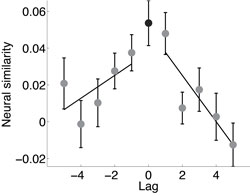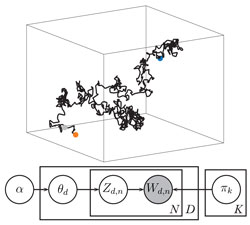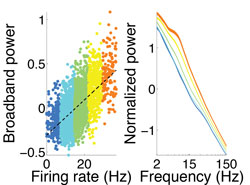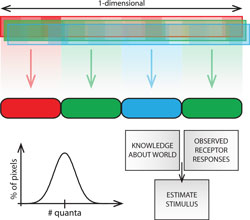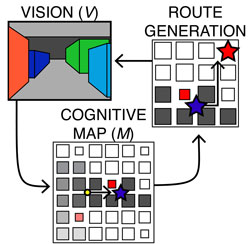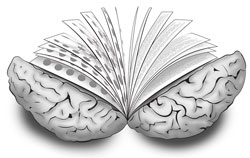Research Interests
The human brain is the most powerful piece of computing machinery in the known universe. Its role can be broken down into four general tasks: our brains acquire information from (and about) our environments, process the incoming information, store the processed information (e.g. for later use), and retrieve stored information (e.g. when deemed relevant). My research examines the neural mechanisms that enable us to acquire, process, store, and retrieve information, as these processes pertain to cognition. To study these mechanisms I use (and develop) computational models and machine learning algorithms that jointly consider neural and behavioral data. I use intracranial EEG, ECoG, and fMRI to examine neural patterns recorded during a wide array of experimental paradigms. Summaries of some of my projects may be found below.
